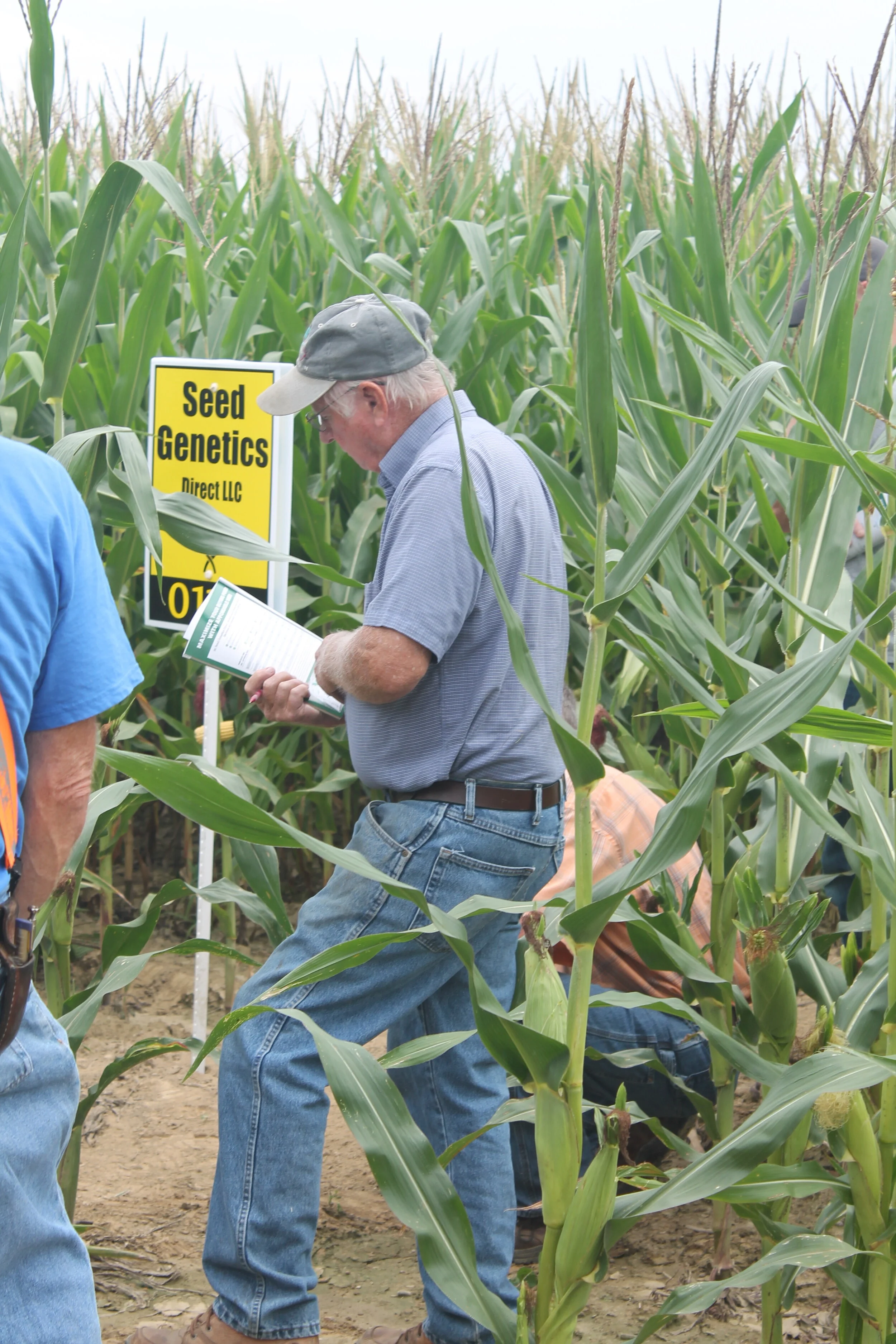March 2, 2021 • Brazil's first corn crop, which competes for area with soybeans, accounts for about 25 percent of total production and is harvested from January to May. It has failed in two southern states (Rio Grande do Sul and Santa Catarina), but is in good shape elsewhere.
Read MoreFeb. 22, 2021 • In the 2020-21 crop, despite all the weather issues and late planting, Brazil expects to harvest 129.7 million tons, a 6.8 percent increase compared to 2020.
Read MoreFeb. 19, 2021 • Every year, we learn new things. Read seven corn and soybean lessons learned in 2020.
Read MoreFeb. 8, 2021 • In normal years, most of the soybean crop in Brazil’s top producing states (Mato Grosso and Paraná) would be pretty much done now in mid-January. This year, however, we still have a long way to go, and weather conditions will be crucial until at least early February in those states and late March in others.
Read MoreFeb. 5, 2021 • As the largest Ohio-based independent seed company and the fastest growing independent seed company in the Eastern Corn Belt, Seed Genetics Direct is seeking multiple Seedsmen/women.
Read MoreJan. 25, 2021 • Despite ups and downs all season — largely related to the environment — when the final yield was tallied, the Corn Watch ’20 field was impressive. The 37-acre field averaged just over 221 bushels per acre of dry corn.
Read MoreDec. 15, 2020 • Tell Seed Genetics what to test against to ensure research data provides the comparisons all farmers want! This program is free and farmers do not need to be a SGD customer to supply a corn or bean competitive check.
Read MoreDec. 10, 2020 | SGD has specialty products to help prevent or manage weeds and diseases, micronutrients to boost growth, seed lubricants to promote seed flow, and more. For pricing…
Read MoreNov. 24, 2020 | Charlie Kail, a Seed Genetics Direct customer from Carrolton County, Ohio shares an update on the 2020 growing season.
Read MoreOct. 27, 2020 | Some plants which emerged four days or more behind the first plants in the Corn Watch ‘20 field still produced decent ears. In a few cases, plants which emerged on time struggled. What we saw wasn’t as black-and-white as you might think.
Read MoreOct. 1, 2020 | Dave Nanda, Ph.D., recently pointed out a number of differences between two hybrids planted side-by-side in the Corn Watch ’20 plot.
Read MoreSept. 10, 2020 | Many corn fields were affected by gray leaf spot because of high temperatures and humidity. Leaf diseases predispose plants to stalk rots, so if a field had leaf diseases, it probably will have stalk rots. To determine if stalks are severely infected, conduct the pinch or push test.
Read MoreAugust 20, 2020 | A plant was struggling to exist in the Corn Watch ‘20 field. Its diameter was much smaller than the plant next to it, and it was several growth stages behind. Two days difference in emergence should not result in that kind of difference.
Read MoreAugust 10, 2020 | Seed Genetics Direct will host its annual field days in Ohio and Indiana between August 25 and Sept. 16. Each event will occur from 11 a.m. - 7 p.m. with COVID-19 precautions.
Read MoreJuly 15, 2020 | Northern corn leaf blight and gray leaf spot are two of the more common corn leaf diseases in the eastern Corn Belt. Tar spot is a disease that first appeared in the Midwest only a couple of years ago.
Read MoreJune 12, 2020 | Many variables should be considered when applying nitrogen to corn such as location, soil, plant height and timing.
Read MoreJune 4, 2020 (Updated June 9, 2020) | The ruling comes after environmental organizations filed a petition challenging the Environmental Protection Agency’s 2018 approval of conditional registrations for three dicamba-based herbicides: Bayer (Xtend), Corteva Agriscience (FeXapan) and BASF (Engenia
Read MoreJune 1, 2020 | Ten consecutive rows in one planter pass of a 24-row planter were included in the Corn Watch ’20 emergence test.
Read MoreMay 26, 2020 | How much delay in emergence does it take to end up with corn plants that don’t produce as big of an ear, or no ear at all? Dave Nanda, Ph.D., director of genetics, will attempt to answer that question by monitoring the Corn Watch ’20 field.
Read MoreMay 26, 2020 | “As long as the growing point below ground didn’t freeze, we knew plants would recover,” Dave Nanda, SGD director of genetics, said. “The growing point is the key.”
Read More




















